Fractals and generative art resources
Published on 14 May 2009
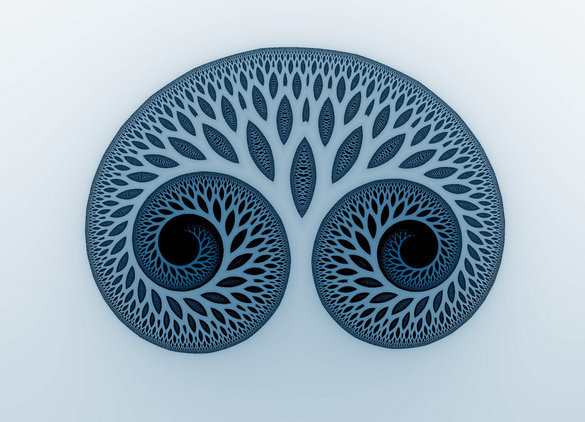
As a follow up to my talk on Fractals and Generative Art at the Apple Store in Glasgow here is a list of links for further reading and exploration.
The mathematics of fractals
Good places to start learning about the mathematics of fractals are Wikipedia and Mathworld. There are many books on the subject but three books I can recommend are Chaos and Fractals - New Frontiers of Science, The Computational Beauty of Nature and the definitive work by Mandelbrot, The Fractal Geometry of Nature.
Fractal generation
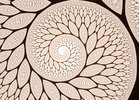 Ultrafractal is the Photoshop of the fractal world. It's Windows only but works very nicely via Parallels on the Mac. Other programs worth investigating is the open-source GNU Xaos and the Mac only Quadrium apps.
Ultrafractal is the Photoshop of the fractal world. It's Windows only but works very nicely via Parallels on the Mac. Other programs worth investigating is the open-source GNU Xaos and the Mac only Quadrium apps.
Writing your own fractal rendering scripts is highly recommended as a good way to explore the subject.
Fractal explorer is the Pixel Bender plugin for Photoshop and After Effects CS4 that I demonstrated in the talk. I'm making some final tweaks and will be releasing it soon!
Fractal Flames
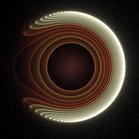 Fractals flames are a form of Iterative Functional Systems (IFS). To find out more see flam3.com. Apophysis is the daddy of this area. Mac users have to use the Java port, Apophysis-j. The open-source programme can take a bit of effort to get interesting results but these tutorials will help you on your way. The Apophysis group on deviantART is a great place to see what is possible.
Fractals flames are a form of Iterative Functional Systems (IFS). To find out more see flam3.com. Apophysis is the daddy of this area. Mac users have to use the Java port, Apophysis-j. The open-source programme can take a bit of effort to get interesting results but these tutorials will help you on your way. The Apophysis group on deviantART is a great place to see what is possible.
I also recommend the excellent Electric Sheep animated fractal flame screen saver - keeps you tripping for hours.
Context Free
Context Free is an open-source programme for visualising Context Free Design Grammars (CFDG) and is an excellent tool for exploring generative graphics. The images are rendered from a set of simple recursive rules that can often create surprising beautiful results. Try out some of the code examples in the gallery for a quick start.
Structure Synth
 Taking CFDG into the third dimension, Structure Synth is a fantastic open-source tool for creating abstract 3D models. There are some good example scenes included to get you started and an active Flickr group to feed your inspiration.
Taking CFDG into the third dimension, Structure Synth is a fantastic open-source tool for creating abstract 3D models. There are some good example scenes included to get you started and an active Flickr group to feed your inspiration.
Sunflow
Sunflow is an open-source global illumination rendering system written in Java. There hasn't been a new release of the programme in a couple of years, but it is already a very capable system. Structure Synth can export Sunflow scenes and it has plugins to integrate with the open-source 3D package Blender.
TopMod
TopMod is a specialist open-source 3D topology modelling tool with support for Python scripting. It's not really a tool for pure generative graphics but damn cool all the same!
Terragen
Terragen is an amazing photo-realistic landscape and environment renderer. Its fractal based terrain generator enables you to create entire worlds procedurally. There is a resolution limited free version you can use for non-commercial projects to get started with.
Flash, Flex, Actionscript 3.0, Pixel Bender and friends
 Adobe Flash is one of the best ways to share your visualisations and the power of Actionscript 3.0, especially combined with Pixel Bender and Alchemy, has enabled some pretty impressive stuff. You also don't need the full Adobe Flash IDE to create Flash apps. See the Adobe open-source site for more information.
Adobe Flash is one of the best ways to share your visualisations and the power of Actionscript 3.0, especially combined with Pixel Bender and Alchemy, has enabled some pretty impressive stuff. You also don't need the full Adobe Flash IDE to create Flash apps. See the Adobe open-source site for more information.
The Pixel Bender exchange is a good source for example scripts. Also keep your eye on the Adobe Labs site as there is always cool stuff going on. See the Droste effect plugin project page to get started.
Processing
Processing is an open-source Java based programming language and environment for generating images, animations and visualisations. It is one of the biggest players in the generative graphics scene with a huge community, many online resources and a number of books on the subject.
Nodebox
Nodebox is a Mac only graphics programming environment very similar to Processing but based on Python. Although it might have a much smaller community than Processing it still has a very complete selection of libraries and can generate extremely high quality images and animations.
Open frameworks
Open Frameworks is another visual programming environment, this time based on C++. See the forum and wiki for more information.
Blogs and places of inspiration
There are a huge number of blogs and sites focusing on generative graphics by many extremely talented people. A few to get you started:
Generator.x
Data is Nature
Flight 404
Daniel Shiffman
Dave Bollinger
BIT-101
Dr. Woohoo!
Quasimondo
Memo.tv
Soulwire
W:Blut
Information Aestetics
Visual Complexity
Credits
Specific thanks to Chris Creek and Sven Fauth for letting me use a couple of their Apophysis images in the presentation and Michael Hogg for sharing his Mandelbrot deep zoom animation.
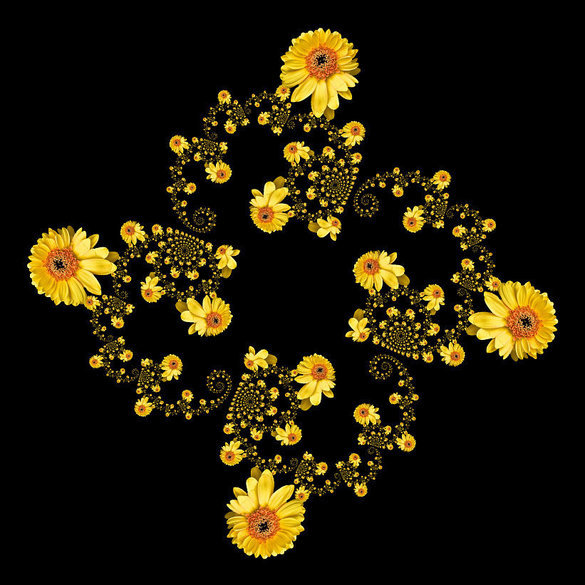
A preview of my new Pixel Bender fractal explorer plugin - see the new project page.
Last updated: 14 May 2009
5 Comments
Older: Fractals and generative art talk Newer: Fractal Explorer Pixel Bender Plugin
Links & further reading
- Ultrafractal
The Photoshop of the fractal scene.
- Pixel Bender Toolkit
For all your GPU powered pixel scripting.
- Apophysis
Electric sheep dream of flame fractals.
- Context Free
2D recursive pattern generation.
- Structure Synth
3D implementation of Context Free.
- Sunflow
Global illumination renderer.
- TopMod 3D
Topological modeller.
- Terragen
Procedural worlds of fantastic realism.
- Processing
The master of generative graphics.
- Nodebox
The Python cousin of Processing.
Related posts
- Introducing Frax
- The project I've been working on for the last two years...
- A Series of Snowflakes
- A selection of subverted seasonal snowflakes
- L'Eclaireur
- A series of looping animations from an installation at L'Eclaireur in Paris.
- Music Box
- A journey into a Fabergé inspired world.
- More blog posts
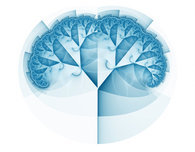
I really like your plug in, Thank you for sharing this article.
The art looks amazing and thanks for sharing the info about open framework!
you are really experts. I've admired your work. thanks...
Wow, my husband is a huge maths geek, so we definitely find fractal art amazing. Thank you for sharing your wealth of information!
Its amazing how what we are learning now about art and the world thanks to fractal mathematics has been there since the beginning of time. And how we, as a species, have learned so much in such a short period of time. Something is going on here.